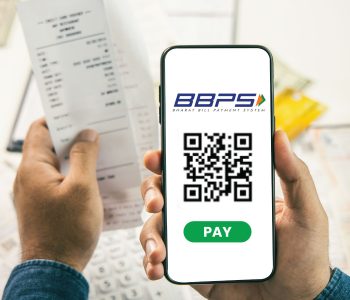 Blogs
Blogs
The role of AePS in driving financial empowerment
As per a report by the World Bank, roughly one-third of adults remain unbanked.
The transformative impact of digital payments in the last few years cannot be overstated. The rise of fintech firms, supported by digital payments infrastructure, has played a crucial role in bridging the gap by offering financial services in rural areas.
In India, through solutions such as Aadhaar-Enabled Payment Systems, we are on the path to empowering unbanked/underserved communities. Just this March, as per the NPCI, AePS reached a staggering 541.74 Mn transactions.
Today, let’s explore how AePS is bringing about financial inclusion and convenience in the country, one payment at a time.
The AePS Revolution
AePS is an inclusive platform that’s transforming banking by granting individuals effortless access to their bank accounts via Aadhaar authentication. This innovation is changing India’s financial landscape by benefitting the rural and underserved regions.
As a bank-driven initiative, AePS enables financial transactions at Point-of-Sale terminals (Micro ATMs) through approved Business Correspondents (BCs). To access AePS, individuals only need to furnish their bank details and Aadhaar number and undergo biometric authentication by the BC. AePS provides various digital financial services, such as fund transfers, BHIM Aadhaar Pay, balance inquiries, and cash withdrawals and deposits, thereby bridging the urban-rural banking divide.
Why Fintech Partners Should Choose Mobileware’s AePS Switch:
-
Comprehensive Platform:
Our AePS Switch integrates seamlessly with core banking systems, enabling fintech partners to offer a wide range of services without additional infrastructure. This versatility helps fintech companies cater to a broader audience and align with diverse banking needs.
-
Fast Implementation:
Mobileware’s AePS Switch is designed for quick and efficient integration, allowing fintech partners to accelerate their time-to-market. This rapid deployment can give you an edge in a highly competitive industry.
-
Scalable Solutions:
As your business grows, our solution scales with you. Our robust connectivity to NPCI ensures that your services remain efficient, even with increased transaction volumes. This scalability is ideal for fintech partners looking to expand their market presence.
-
Data-Driven Insights:
The AePS Switch provides accurate tracking, reporting, and reconciliation, offering valuable insights into customer behavior and transaction trends. This data-driven approach empowers fintech partners to make informed decisions and tailor their services to meet evolving customer demands.
-
Strengthening Interoperability:
AePS facilitates smooth interoperability between financial institutions. This functionality is crucial for fintech partners aiming to offer cross-bank services and streamline customer experiences. By leveraging AePS, you can bridge the gap between various banking systems and deliver a cohesive solution to your clients.
Fintech companies are contributing immensely to financial inclusion in India. This intersection of technology and financial services has revolutionized how we manage our finances, offering unparalleled accessibility and convenience,
As the landscape evolves, AePS stands at the forefront, poised for further growth and innovation. We are proud to be a part of this transformative journey. At Mobileware, we are dedicated to advancing financial inclusion through our commitment to the growth of BBPS. By seamlessly facilitating online interoperable financial services, we empower individuals and communities to access essential financial tools and services.
Explore our AePS switch offerings.


